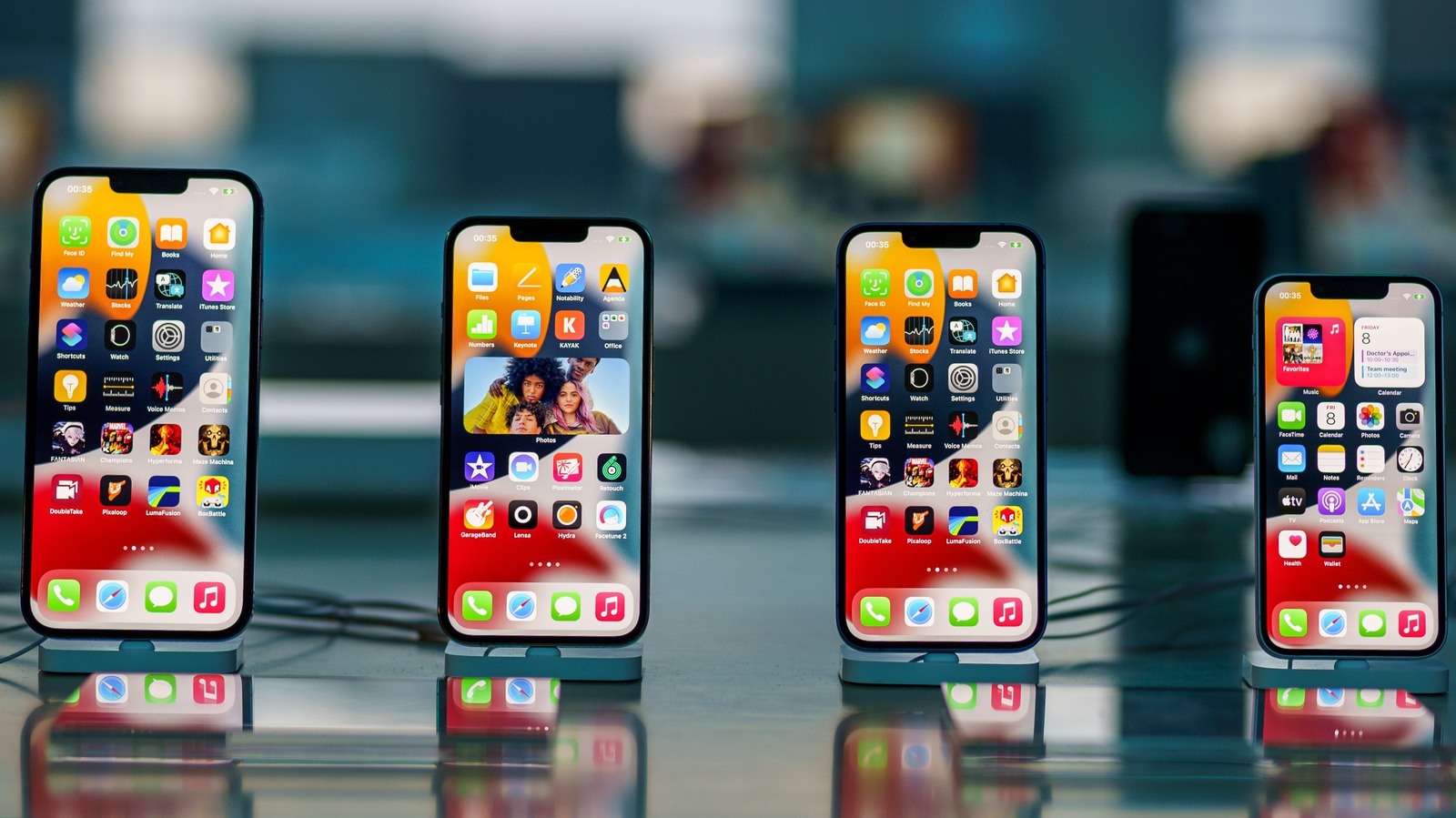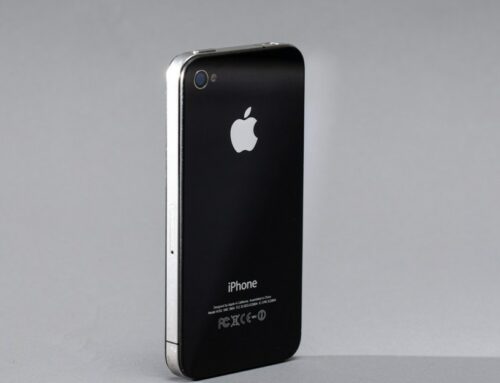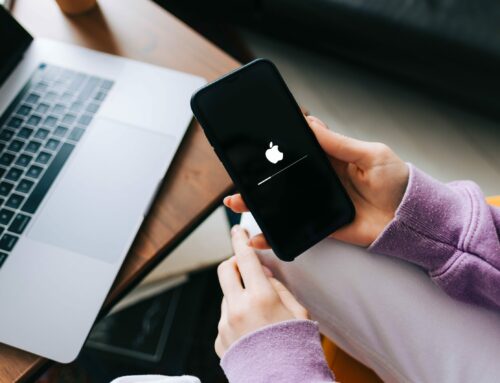Rokas Tenys/Shutterstock
The announcement of the 2022 M2 MacBook Air and the new features revealed for iPadOS 16 might be taking the lion’s share of attention at WWDC 2022, but they are far from the only significant drops that Apple made during its keynote. Both iOS and macOS also took the stage, and both of them have new features that will have iPhone and Mac owners excited for their release later this year. iOS 16, in particular, is getting a much more talented lock screen, though one rumored feature seemed to be MIA during the announcement. That said, there may be no need to worry because an always-on feature might still be heading to this year’s iPhone 14 Pro, at least based on the very first beta for iOS 16.
iOS 16 will have a more active and busier lock screen by allowing widgets to live in the space. There could be some battery drain associated with that, though, so users will have to balance features versus battery life according to their needs. Apple might also have a way to offset the increased battery use of those widgets by introducing an always-on display feature that limits how many pixels need to light up to show notifications and alerts.
This AOD feature wasn’t part of the iOS 16 reveal, but 9to5Mac discovered references to the functionality in the first developer beta for the upcoming release. References to the always-on display on Springboard, which manages the iPhone home and lock screens, mark this as a feature for the iPhone and not for the Apple Watch, which already has AOD but doesn’t use Springboard. These clues suggest that Apple is still actively working on the feature but that it should be ready in time for the iPhone 14 launch later this year.
The feature may have strict hardware requirements
Yalcin Sonat/Shutterstock
Curiously, the beta also includes hidden flags that will allow developers to test always-on display functionality on an iPhone 13 Pro. It is believed that the feature will debut and be exclusive to the iPhone 14 Pro and iPhone 14 Pro Max because of certain hardware requirements. It seems that the iPhone 13 Pro will be capable of running the feature, but it won’t be officially available on it.
The reason is primarily because of the iPhone 13 Pro’s ProMotion display refresh rate, which can only go as low as 10Hz, in contrast to the Apple Watch, which can stick to an almost static 1Hz. This small difference is critical in preserving battery life since it means that the display won’t be refreshed as often. Without this hardware capability, the always-on display feature could be a bigger battery drain and wouldn’t pass Apple’s stringent and high standards. Conversely, the inclusion of AOD for the iPhone 14 Pro pair suggests that the phone will indeed be capable of scaling down to a 1Hz refresh rate. If so, that could also be part of Apple’s strategy to offset the potential battery drain that lock screen widgets would incur since the information on these tiny apps might not need to be refreshed as often.







